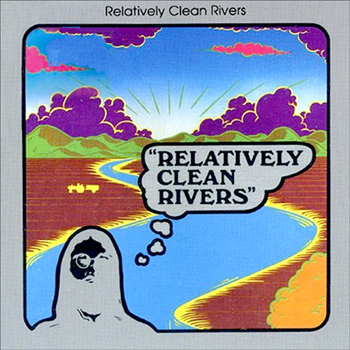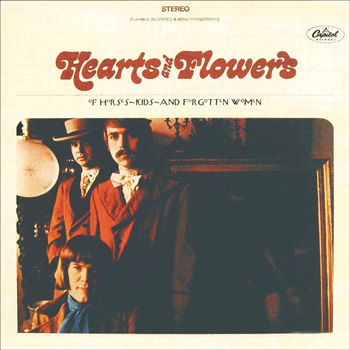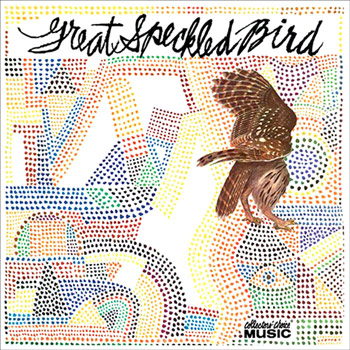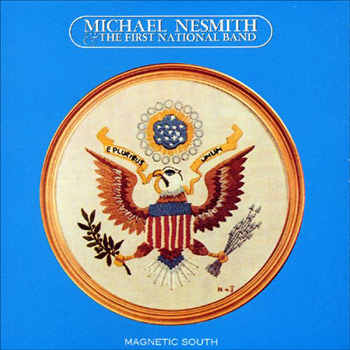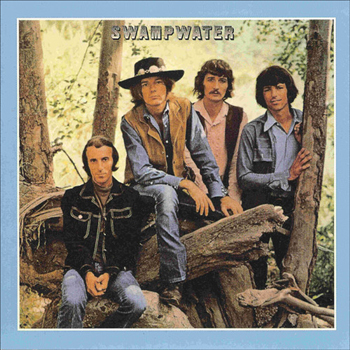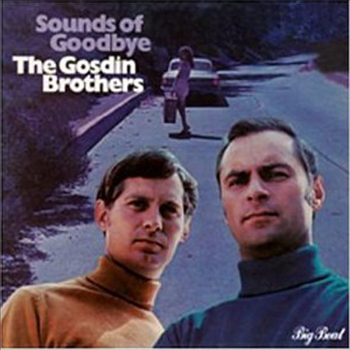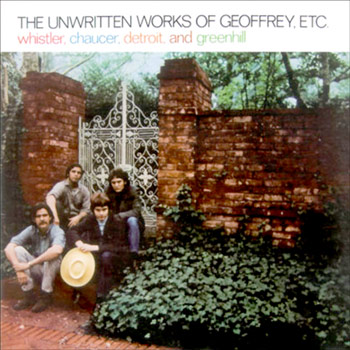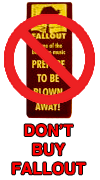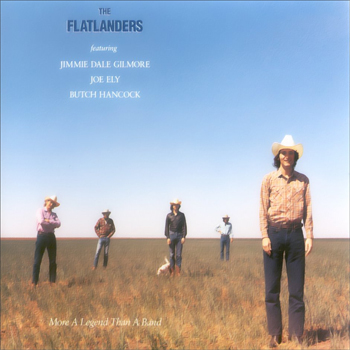The Louvin Brothers “Satan is Real”
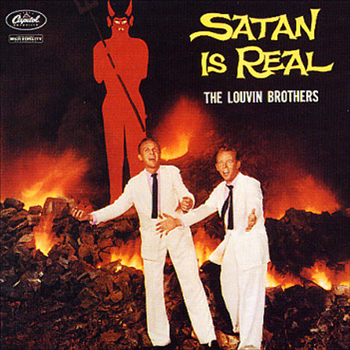
Here’s an essential country gospel record for any collection. Satan is Real is most (in)famous for its cover, which is a photograph of a real set designed and ignited by the Louvin’s themselves, highlighted by the magnificent 12 foot plywood Satan depiction, and noted in the liners to have nearly killed the fellas when the flames got out of hand. This album should be every bit as well known, however, for its quality of sound.
Regardless of your interest in religion, there is no denying the beauty and intensity in music devoted to the Higher Power. And as the Byrds taught us, there can be a campy joy, perhaps tongue-in-cheek, in singing together about “The Christian Life” and “Satan’s Jeweled Crown.” However, Charlie and Ira Louvin did NOT sing these songs with even the slightest intention of mockery; you can hear it in their passionate, strikingly harmonious singing. “You can hear him in songs that give praise to idols and sinful things of this world!”
Aside from the shock of hearing the finest harmonized voices from the history of country music singing and preaching on the woes of doomed sinners and the realness of Satan, there is a perfectly restrained country combo backing, with church organ, snare drum, upright bass and excellently twanged electric guitar. Each song is well written and completely memorable. It’s a perfect, yet challenging and rewarding, album.
“Satan Is Real”
